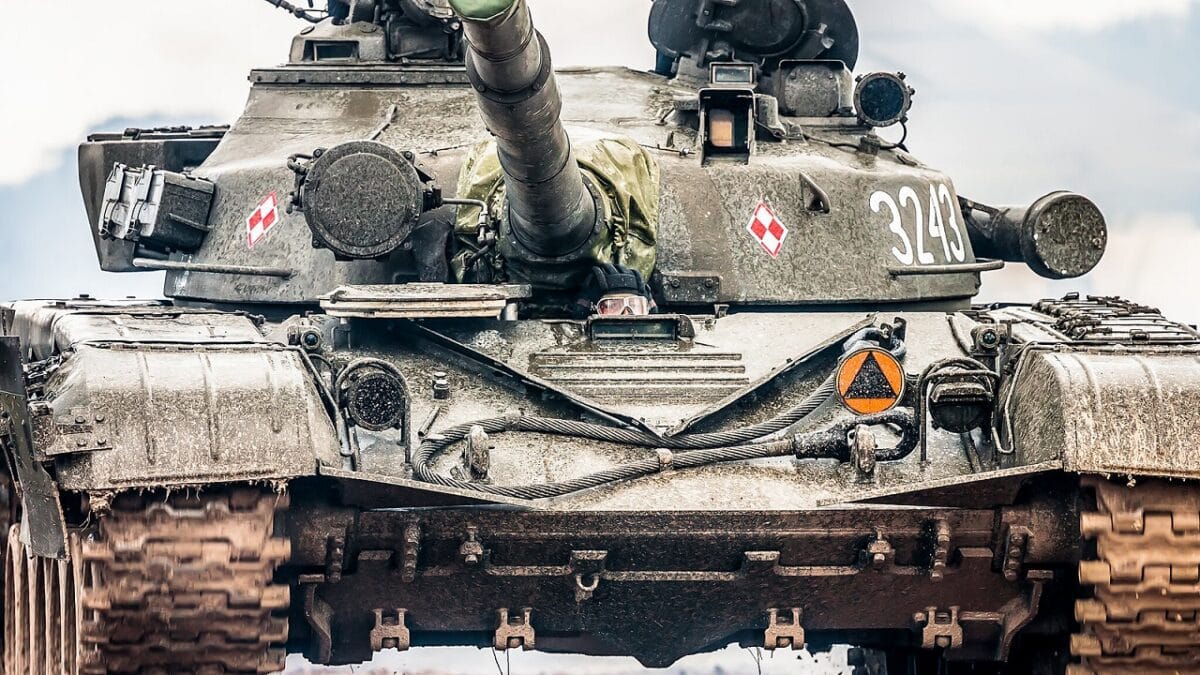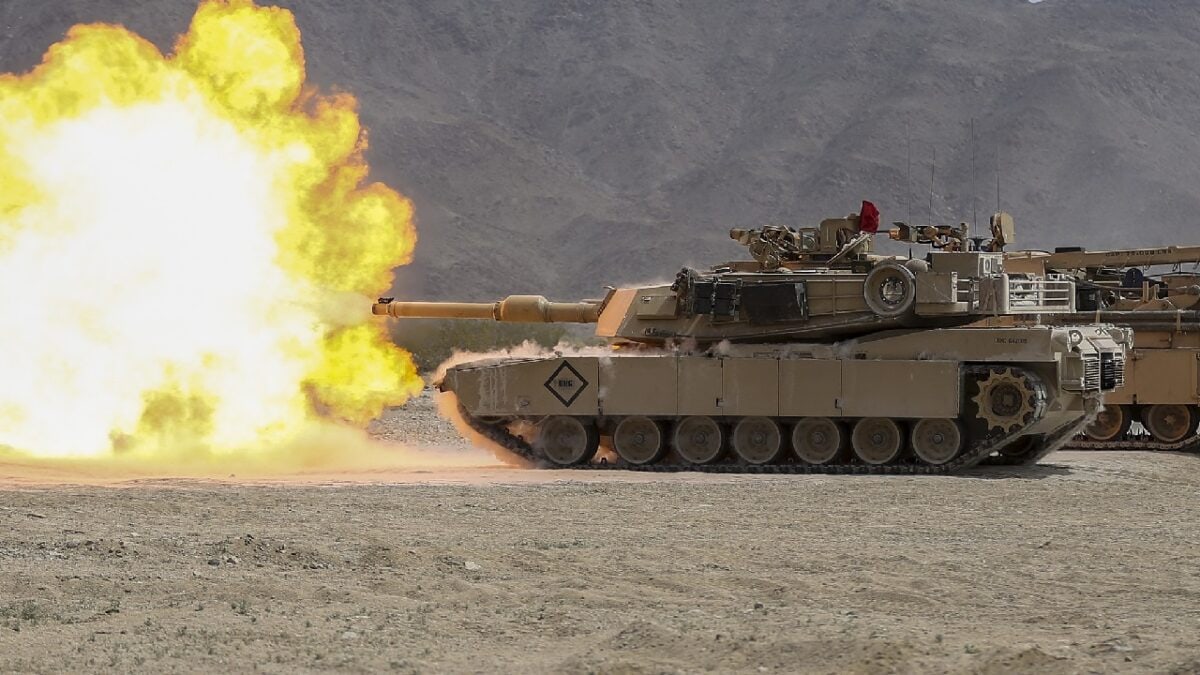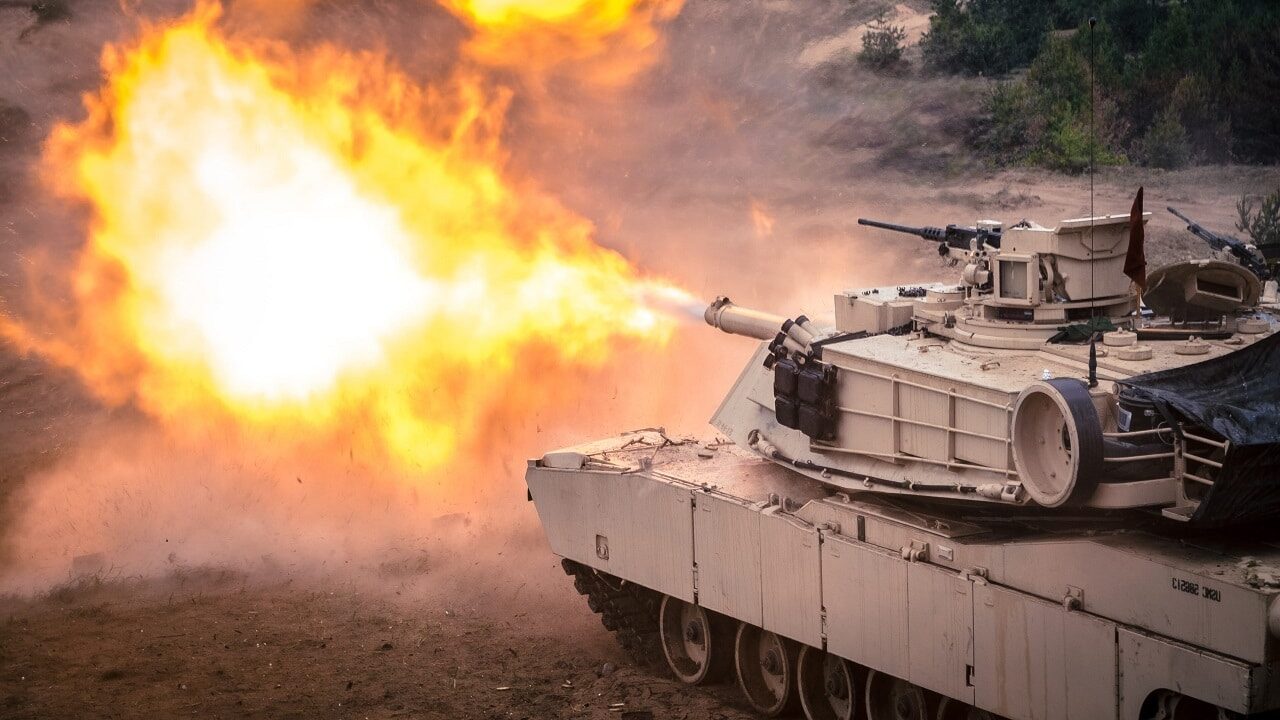Poland is critical to the Ukraine war effort for many reasons that are not obvious: The transfer of weapons, ammunition, and other supplies from the U.S. and NATO countries to Ukraine has been the lifeline that allowed Kyiv to hold off Moscow’s assault. The U.S. alone has provided to date some $4 billion in assistance. This has included many weapons that have proven particularly effective: Stinger anti-aircraft missiles, Javelin anti-tank weapons, and drones.
Other NATO countries also are transferring billions of dollars of military hardware to Ukraine. The U.K. has sent Ukraine an array of modern weapons, including more than 4,000 NLAW anti-tank missiles and hundreds of Starstreak anti-aircraft systems. London is considering sending additional equipment, including armored fighting vehicles and tracked heavy artillery. France is providing mobile 155mm howitzers with thousands of shells and Milan anti-tank missiles. In a stunning reversal of its long-standing arms transfer policy, Germany has sent thousands of anti-tank and anti-aircraft missiles to Ukraine. It has also allowed other countries to send Ukraine German-made weapons. Even the smaller NATO members, such as Estonia, have virtually emptied their stockpiles in an effort to bolster the government in Kyiv.
Recently, the Biden Administration announced that it would increase its efforts to help Ukraine defeat Moscow. Washington is sending that country nearly 100 155mm long-range howitzers, tens of thousands of rounds of artillery ammunition, specially designed “Phoenix Ghost” drones, helicopters, air defense and counter-battery radars, and armored vehicles.
Several NATO members have gone an extra step by sending Ukraine offensive arms, particularly Soviet-era main battle tanks, which are precisely the kind of weapon needed to fend off the Russian offensive in the Donbas. These tanks are perfect for Ukraine because they are the same as those it already operates, requiring no additional training, specialized support equipment, or unique munitions. The Czech Republic is reported to have already shipped dozens of T-72 tanks along with multiple rocket launchers, artillery, and infantry fighting vehicles. Poland followed close behind, sending more than 100 of its T-72s eastward. With these additional weapons, Ukraine has a chance of defending itself against Russia.
As the U.S. and NATO countries deplete their weapons inventories and fleets of tanks and armored fighting vehicles in order to assist Ukraine, they are simultaneously taking steps to replenish them, either from domestic production sources or through foreign military sales. The Pentagon has activated a special team to expedite the transfer of weapons and material not only to Ukraine but to other NATO allies.
There have been high-level discussions between senior Pentagon officials and industry leaders about ways to replenish depleted U.S. stocks of weapons and ammunition while continuing to support Ukraine’s needs. One step the Pentagon could take would be to backfill the drawdown of older towed 155mm howitzers being sent to Ukraine with a modern mobile, truck-mounted 155mm system.
When the war in Ukraine started, Poland was in the middle of a decade-long program to modernize and expand its armed forces. Warsaw was concerned that the buildup of Russian forces along a major border with NATO posed a direct and growing threat to Poland. Central to this effort was the replacement of aging Soviet-era weapons systems with better Western versions. To that end, Poland acquired U.S. F-16 fighters, Patriot air defense systems and HIMARS rocket artillery. In addition, Warsaw entered into a contract with the U.S. to acquire 32 F-35A fifth-generation stealth fighters.
Most recently, Warsaw signed an agreement with Washington to buy 250 Abrams main battle tanks. This is an important new step in Poland’s military modernization campaign since it will equip the Polish Army with the same basic main battle tank operated by the U.S. Armored Brigade Combat (ABCT). The U.S. maintains at least one full ABCT on continuous rotational deployment to Poland. The addition of the Abrams to the Polish tank fleet will allow local forces and U.S. units to better train together. In addition, operating the same equipment will reduce the logistics and sustainment burden for U.S. forces deployed on NATO’s eastern flank.
Poland has hundreds of additional Soviet-era tanks that it could send to Ukraine, providing that it had an assured supply of Western equipment to replace them. British Prime Minister Boris Johnson has offered to ship Challenger II tanks, the best in the British inventory, to Poland should that country send additional T-72s to Ukraine.

T-72 tanks from Poland. Image Credit: Creative Commons.
While Johnson’s proposal is a sign of NATO solidarity, it makes more practical sense for the Pentagon to accelerate the transfer of the 250 Abrams tanks Poland has purchased. Once this transfer has been completed, Washington should consider offering Poland additional Abrams tanks if Warsaw transfers more of its inventory of Russian-designed tanks to Ukraine.
The refurbishment and upgrading of Abrams tanks for both the U.S. and foreign purchasers are performed at the Joint Systems Manufacturing Center in Lima, Ohio. Currently, the facility works on approximately 15 tanks a month. During the Reagan years, Lima produced 45 tanks monthly. The facility is still capable of that rate of production.
Based on a business-as-usual approach, the upgrading of Polish Abrams tanks will have to be squeezed in among upgrades for the U.S. Army and existing foreign sales. But the Biden Administration could accelerate deliveries to Poland, pushing back the production of tanks for other countries. It could also increase production from 15 to 30 or even 45 vehicles a month. The Polish Minister of Defense made such a request in his recent visit to Washington. Doing so would ensure that Poland would get the tanks it has purchased within a year, at most.

An M1A1 Abrams Tank fires off a round as a demonstration during 1st Tank Battalion’s Jane Wayne Spouse Appreciation Day aboard the Marine Corps Air Ground Combat Center, Twentynine Palms, Calif., April 3, 2018. The purpose of the event is to build resiliency in spiritual well being, the will to fight and a strong home life for the 1st Tanks Marines and their families. (U.S. Marine Corps photo by Lance Cpl. Rachel K. Porter)
It is clear in the aftermath of the Russian invasion of Ukraine that Poland is the linchpin of NATO’s eastern defenses. Warsaw has accepted that role and is doing what it can to improve its military posture. It is spending billions to change out its obsolescent Soviet-era equipment for modern NATO systems. Acquiring 250 Abrams tanks is a critical part of this process. Now more than ever, the Biden Administration should assist Poland in any it can to improve its military capabilities.
Dr. Daniel Goure, a 1945 Contributing Editor, is Senior Vice President with the Lexington Institute, a nonprofit public-policy research organization headquartered in Arlington, Virginia. He is involved in a wide range of issues as part of the institute’s national security program. Dr. Goure has held senior positions in both the private sector and the U.S. Government. Most recently, he was a member of the 2001 Department of Defense Transition Team. Dr. Goure spent two years in the U.S. Government as the director of the Office of Strategic Competitiveness in the Office of the Secretary of Defense. He also served as a senior analyst on national security and defense issues with the Center for Naval Analyses, Science Applications International Corporation, SRS Technologies, R&D Associates, and System Planning Corporation.

